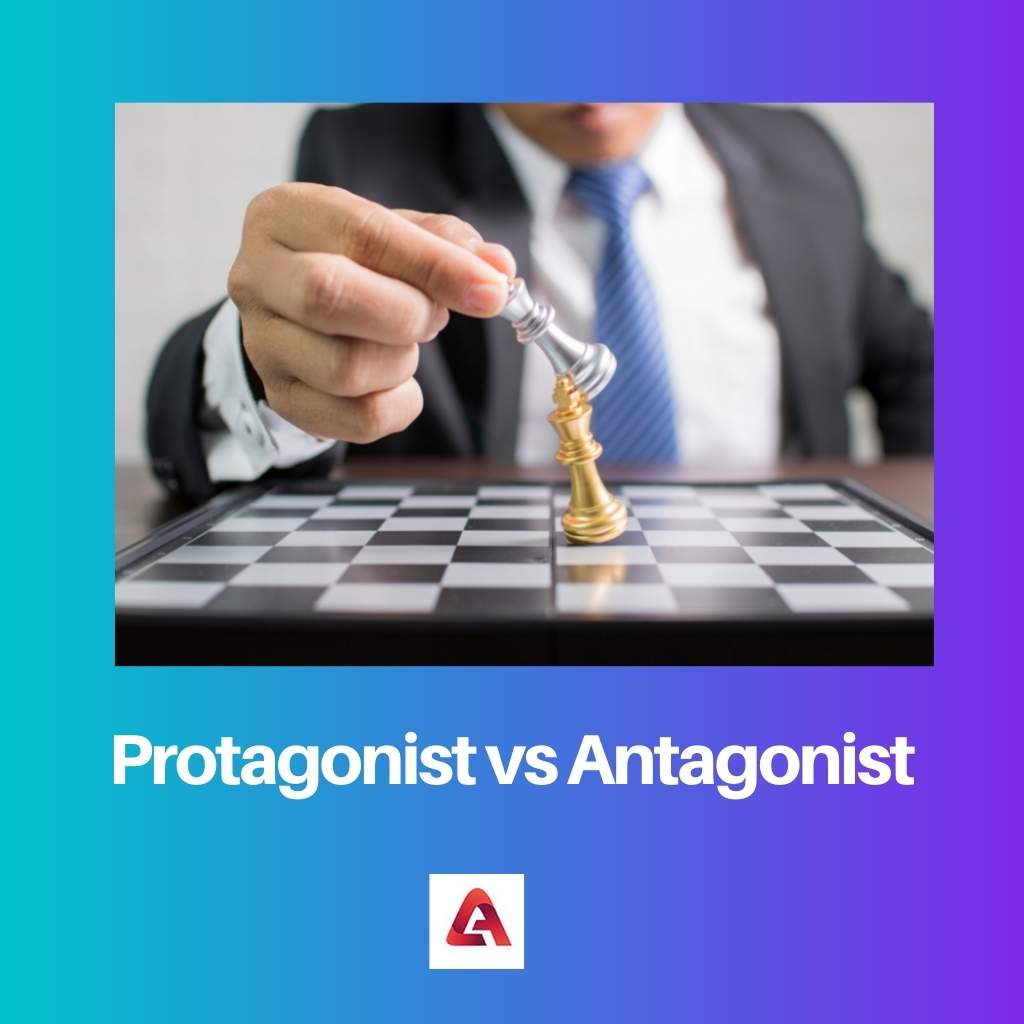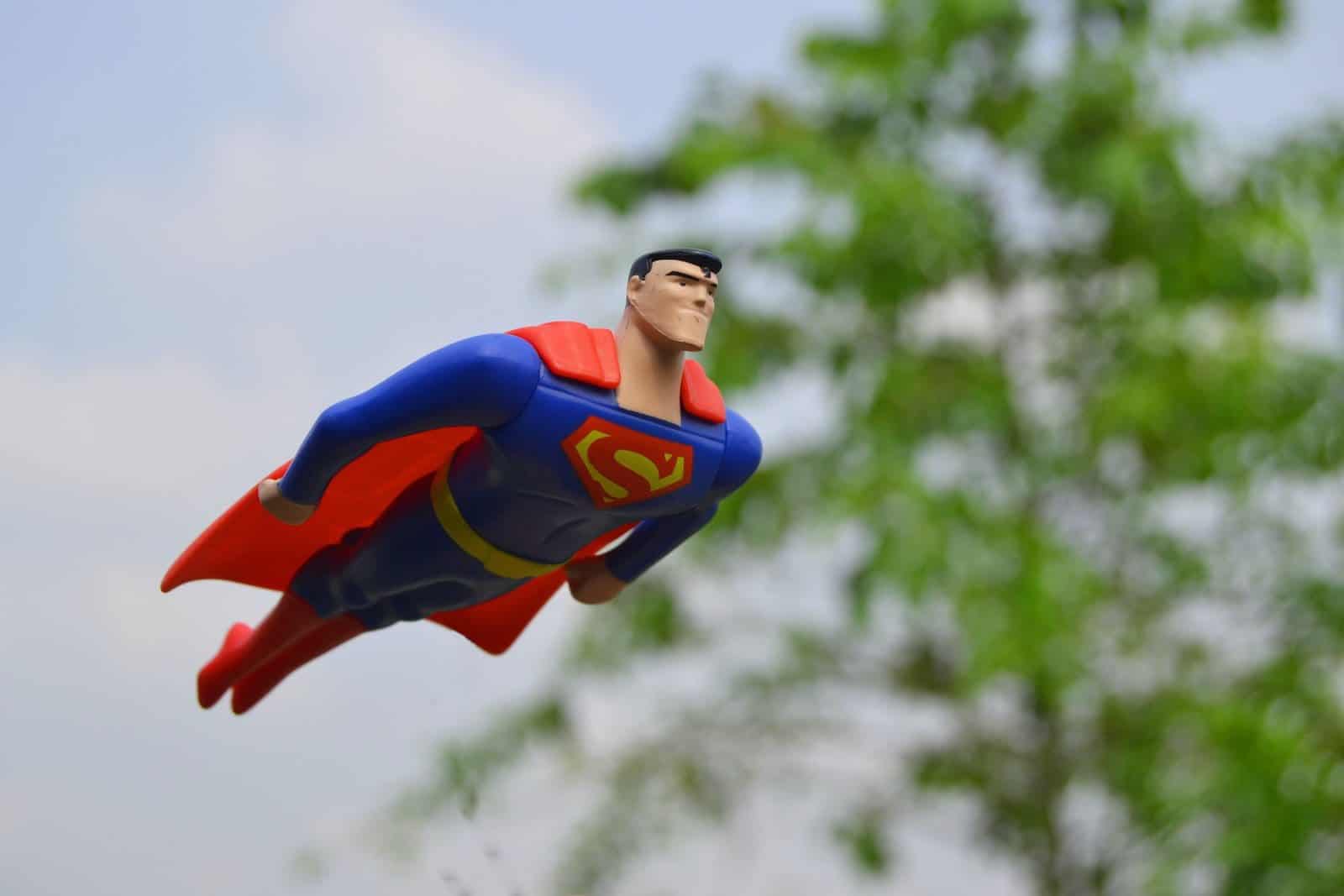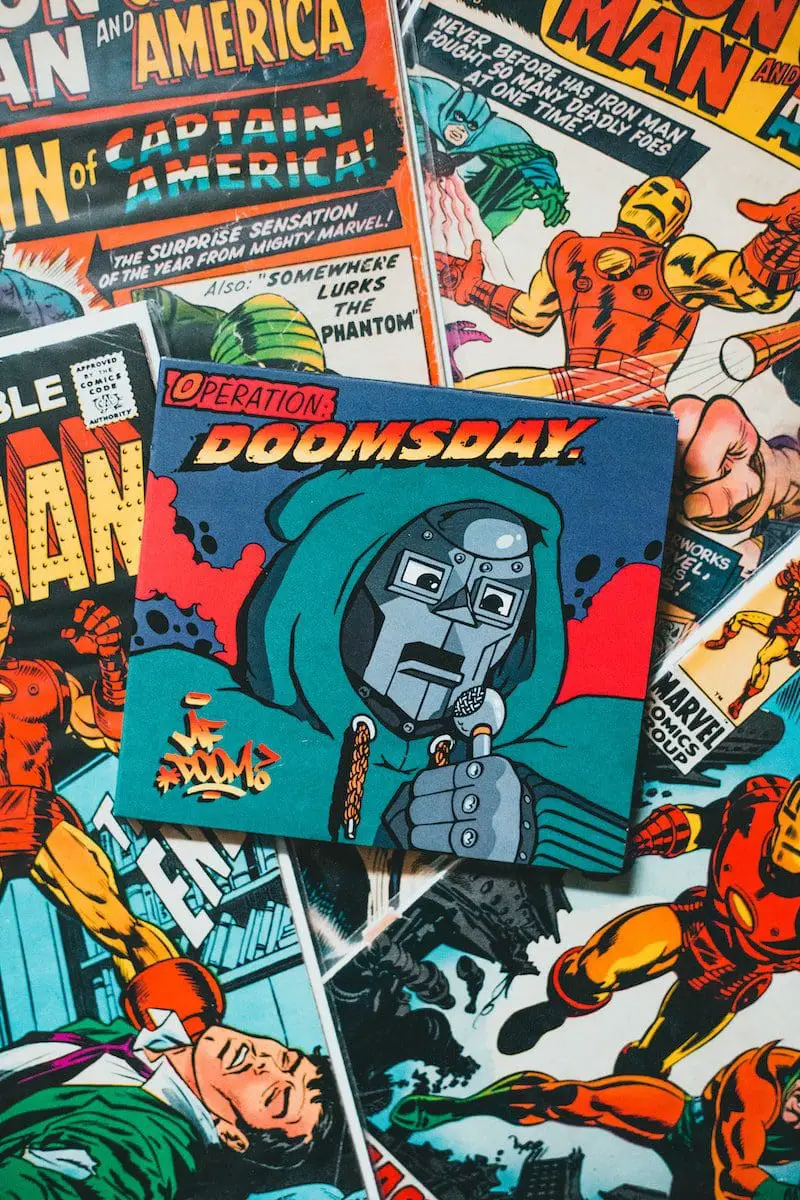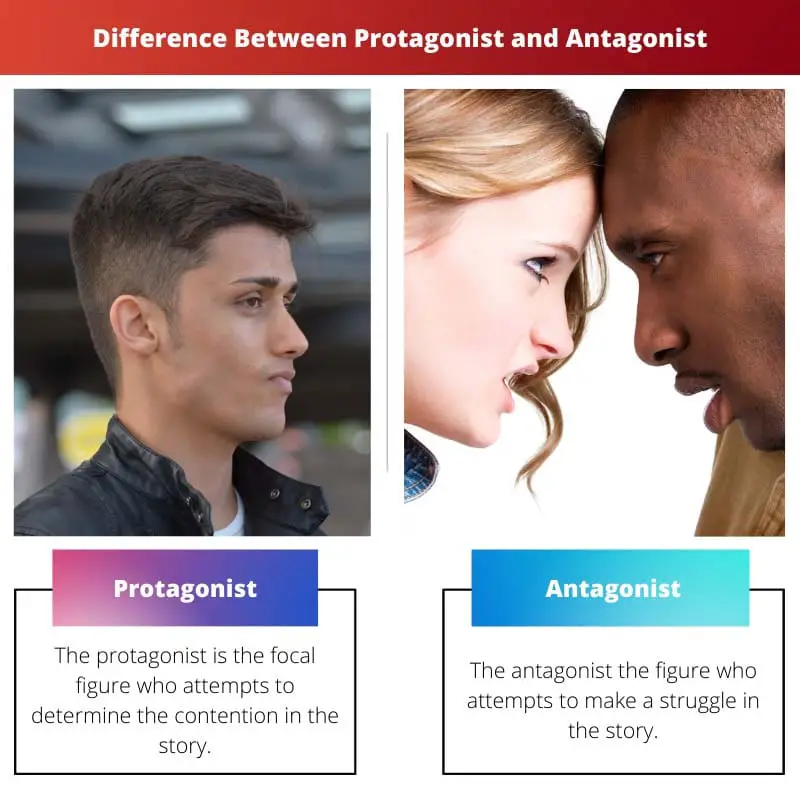We have all seen unique or confounding films and pondered to ourselves, “Who is the saint of this story? Who is the scalawag?”.In numerous accounts, the jobs aren’t obvious, or they can change all through the film.
A few stories may have numerous heroes or bad guys, and postmodern fiction probably won’t highlight any.
Key Takeaways
- Protagonists are central characters who drive the plot and undergo personal growth.
- Antagonists oppose the protagonist and create conflict or obstacles.
- Both characters contribute to the story’s development and create dynamic tension.
Protagonist vs Antagonist
The protagonist is the main character in a story, and the plot revolves around their experiences and actions. The protagonist is portrayed in a positive light. The antagonist is the character in a story who opposes the protagonist and creates conflict in the plot. The antagonist can be a person, an animal, a force of nature, or even an abstract idea.

The Protagonist is the focal person in a story. The story is, for the most part, spun around an issue looked at by the hero and how the individual discovers an answer to this issue.
So when I say that the hero is the primary person of the story, a significant number of you may feel that the hero is the hero who portrays the story.
The Antagonist is the head, contradicting the power of the Protagonist. The Antagonist is the hindrance that disrupts the general flow of the protagonist and accomplishes his definitive objective.
Yet, recall that the antagonist doesn’t really need to be one person. It very well may be a gathering of characters, an organization, or an idea that disrupts the general flow of the protagonist.
Comparison Table
| Parameters of Comparison | Protagonist | Antagonist |
|---|---|---|
| Motive | The protagonist is the focal figure who attempts to determine the contention in the story. | The antagonist the figure who attempts to make a struggle in the story. |
| Character | The protagonist is depicted as a saint in the story. | The antagonist is depicted as the scalawag in the story. |
| Role | The protagonist can be a human or a creature. | The antagonist can be a person, a gathering of characters, a foundation, or even an idea. |
| Response | More data is given about the protagonist, hence the crowd underlines the person. | Regularly much data isn’t given about the antagonist in this manner’ the crowd doesn’t sympathize character. |
| Point of View | The protagonist addresses our drive. | The antagonist addresses our protection from change. |
What is Protagonist?
The protagonist is the focal person in a story. The story is, by and large, spun around an issue looked at by the protagonist and how the individual discovers an answer to this issue.
So when I say that the protagonist is the principal character of the story, large numbers of you may feel that the protagonist is the protagonist who portrays the story. In any case, this isn’t so. Recollect that,
The protagonist isn’t the storyteller of the story. The protagonist’s story can be told according to an alternate perspective.
Model: In ‘The Incomparable Gatsby’ by F. Scott Fitzgerald, Scratch Carraway is the storyteller. However, the protagonist is Jay Gatsby. In ‘Sherlock Holmes,’ Sherlock Holmes is the protagonist, and the story is described by Dr Watson.
The protagonist isn’t, in every case, great and honourable. He can be despicable and underhanded. Detestable protagonists are known by the term screw-up.
Model: Humbert, the protagonist ‘Lolita’ by Vladimir Nabokov, Macbeth in Shakespeare’s ‘Macbeth’
A story can have more than one protagonist. This can be, by and large, found in books composed according to different perspectives.

What is Antagonist?
The antagonist is the head restricting the power of the protagonist. The antagonist is the impediment that disrupts the general flow of the protagonist and accomplishes his definitive objective.
However, recollect that the main antagonist doesn’t really need to be one person. It very well may be a gathering of characters, an organization, or an idea that holds up traffic for the protagonist.
Social limitations and customs, Sentiments like uncertainty and desire, or even a power like a tempest can be the main enemies in a story.
However, enemies are, by and large, depicted as dim, underhanded characters. They can be acceptable characters who attempt to disrupt the general flow of the disgusting protagonist also.
For instance, consider the personality of Macduff in Macbeth, who battles against Macbeth, the wannabe. Similarly, as a story can’t exist without a protagonist, a contention can’t exist without the antagonist.
In this way, the main antagonist is important to each story.
The wolf in Red Riding Hood, the mischievous pixie in Resting Excellence, and Chief Snare in Peter Skillet is some mainstream enemies or lowliness from kids’ writing.

Main Differences Between Protagonist and Antagonist
- The protagonist is depicted as a saint in the story, while the antagonist is depicted as the scalawag in the story.
- The protagonist can be a human or a creature, while the antagonist can be a person, a gathering of characters, a foundation, or even an idea.
- More data is given about the protagonist; hence the crowd underlines the person, while regularly much data isn’t given about the antagonist in this manner, the crowd doesn’t sympathize character.
- The protagonist addresses our drive, while the antagonist addresses our protection from change.
- The protagonist is the focal figure who attempts to determine the contention in the story, while the antagonist the figure who attempts to make a struggle in the story.

- https://www.sciencedirect.com/science/article/pii/S0301472X18306209
- https://journals.lww.com/clinorthop/Fulltext/1996/07000/Sports_and_Hemophilia__Antagonist_or_Protagonist.6.aspx

The detailed comparison table adds clarity in differentiating the roles of the protagonist and antagonist.
The example cited further solidifies the understanding of the protagonist and antagonist relationship.
The comprehensive explanation provided about the protagonist and antagonist clearly highlights their roles in the story.
The information about the protagonist and antagonist’s perspective is enlightening.
This article provides a detailed and informative analysis of the integral roles played by protagonists and antagonists.
This article beautifully captures the essence of protagonists and antagonists and the impact they have on storytelling.
I couldn’t agree more. The depth of analysis provides a profound understanding of the characters.
Indeed, understanding the nuances of the characters adds a new layer to interpreting stories.
The portrayal of the protagonist and antagonist has been effectively presented. It is always interesting to learn more about the central figures of the story and their roles.
I agree. Understanding the motives of protagonist and antagonist is crucial to the narrative.
Absolutely, the depth of characters and their development drives the story forward.
The insights provided regarding protagonists and antagonists offer a new perspective on analyzing stories.
I concur, understanding the dual forces of protagonists and antagonists is crucial in narrative interpretation.
The article offers a comprehensive understanding of the impact of protagonists and antagonists on storytelling.
The article effectively highlights the significance of protagonists and antagonists in shaping the narrative of a story.
Absolutely, understanding the roles of protagonists and antagonists allows for a deeper appreciation of literature.
I completely agree, the exploration of character motives enriches the understanding of storytelling.
The comprehensive examination of protagonists and antagonists in literature provides valuable knowledge.
This article is thought-provoking and offers valuable insights into character dynamics in storytelling.
An exceptional analysis of protagonists and antagonists and their portrayal across various narratives.
Absolutely, understanding the roles of characters is integral to understanding the essence of the story.
The insights provided further enhance the appreciation of character dynamics in storytelling.